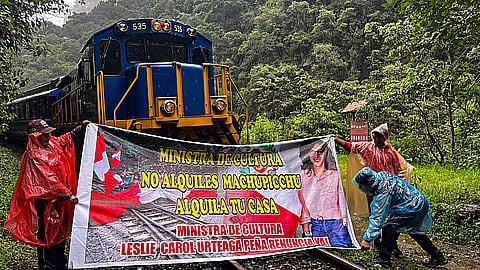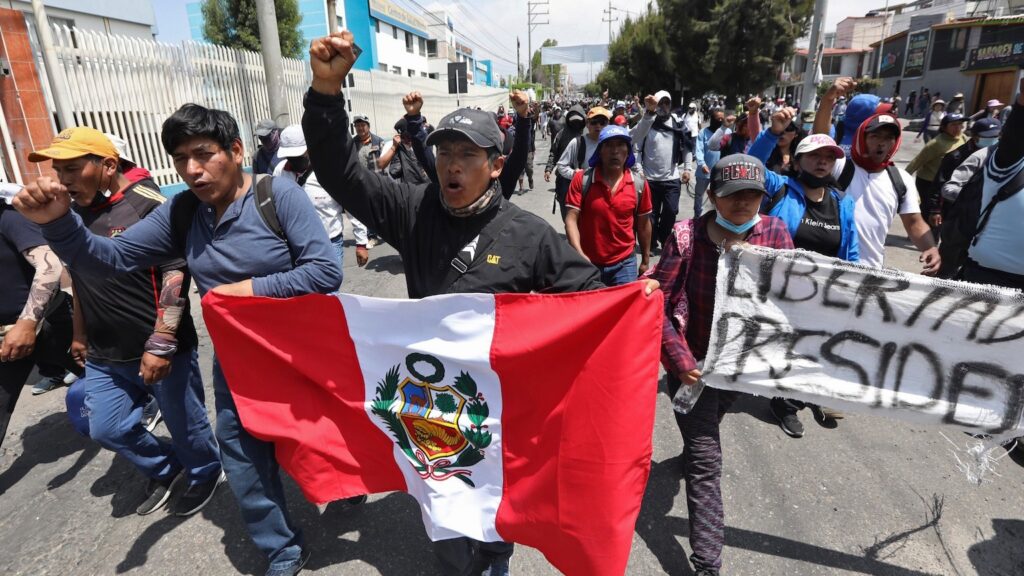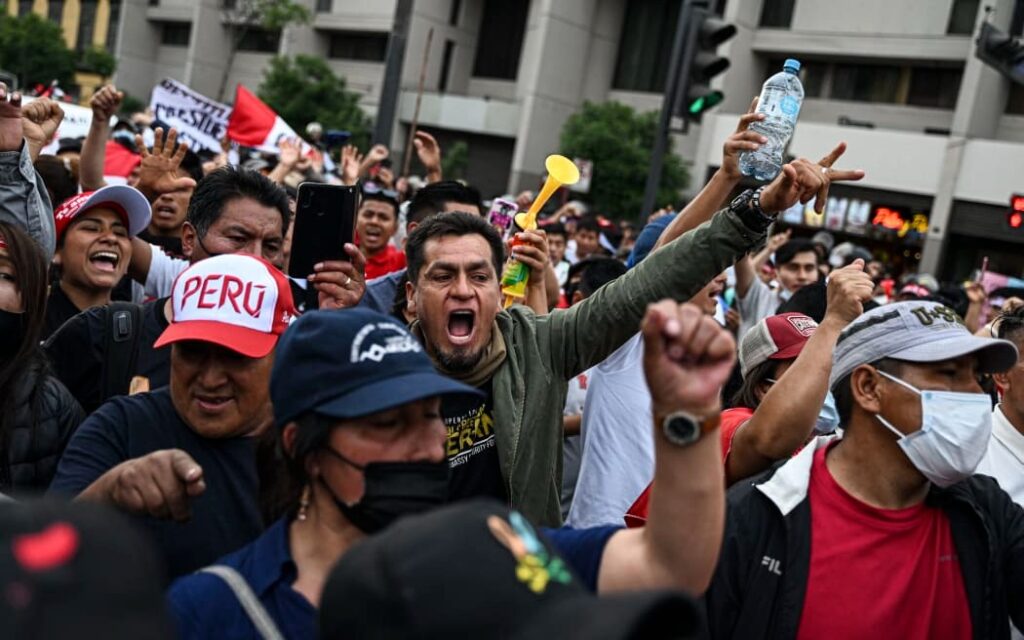
Train services halted over safety concerns amid protests against Peru’s centralization of ticket sales.
Demonstrators in Peru obstruct Machu Picchu access, leaving stranded tourists amidst local outrage over a new ticketing system that has halted rail transport to one of South America’s foremost heritage sites.
Rail services to the ancient Andean ruins have been halted since Saturday, citing safety concerns as demonstrators obstruct the railway. As of Monday, travel links remained closed, according to two tour operators who informed Reuters.
Since late last week, ongoing protests have stranded hundreds of global tourists, preventing them from reaching Machu Picchu.
The recent conflict deals another setback to Peru’s tourism sector, which suffered significantly last year due to widespread civil unrest, particularly in the southern Andean region crucial for the nation’s substantial copper industry.
On Monday, roundtable discussions continued into their second day, aiming to address the ongoing dispute between the authorities and protesters expressing dissatisfaction with the government’s centralization of ticket sales.

Peru’s Minister of Culture, Leslie Urteaga, journeyed to the region on Sunday, yet an announcement regarding a resolution to the “indefinite strike” led by travel unions, tour operators, and residents is pending.
Community representatives in Machu Picchu express concerns that the new electronic ticket sales platform could negatively impact local businesses by “privatizing” sales and channeling profits to a single firm.
Organizations responsible for the preservation of the site have issued warnings about overcrowding and potential overselling of tickets, prompting authorities to explore new methods to manage visitor numbers as travel rebounds following the pandemic.
The government contends that the new ticketing platform, introduced in January, will enhance the management of visitor numbers. As of this month, daily entries are limited to 4,500, up from 3,800 last year.
In September, Peru temporarily closed three sections of Machu Picchu, a UNESCO world heritage site constructed in the 15th century as a religious sanctuary for the Incas, due to site deterioration attributed to high visitor volumes.




